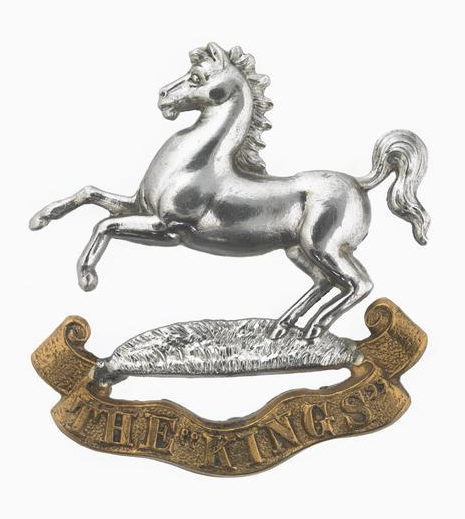Personal Details
Born: 8 May 1878 in Whitchurch, Shropshire and baptised on 29 May the same year in St. Alkmund’s Parish Church, Whitchurch.
Family: He was the sixth of ten children born to Thomas Wharton, a chimney sweep, and his wife Anne. He married Jane Penk in 1908 in Whitchurch and together they had six children – Harold, twins Vera and Elsie, John, Phyllis and Stanley (who died from the Spanish flu at the age of two).
Residence: At the time of his baptism the family were living in Pearl Yard, Whitchurch; by 1881 they had moved to Green End, Whitchurch. In 1891 they were living in Yardington Street, Whitchurch and by 1901 had moved to 45 Newtown, Whitchurch. Now married with his own children, in 1911 John was living at 14 Newtown, Whitchurch; this was the address shown on the 1919 Absent Voters’ Register. In 1939 he was living at 22 Talbot Crescent, which was his address at the time of his death.
Employment: In 1901 he was a labourer at an iron foundry; in 1911 he was a lamplighter for the Council. In 1939 he was a corrugated steel sheet shearer and member of the ARP decontamination squad.
Died: 8 February 1959 in Whitchurch, aged 80, and was buried on 21 February the same year in Whitchurch cemetery.
Other Information: In the mid 1900’s John was the trainer for Whitchurch Football Club.
Military Details
Regiment: King`s Liverpool Regiment
Rank: Private
Service Number: 84615
Date of Enlistment: Not known
Date of Discharge: 9 March 1919
Reason for Discharge: Demobilisation
John was awarded the Campaign Medals (British War Medal and Victory Medal)

The British War Medal (also known as 'Squeak') was a silver or bronze medal awarded to officers and men of the British and Imperial Forces who either entered a theatre of war or entered service overseas between 5th August 1914 and 11th November 1918 inclusive. This was later extended to services in Russia, Siberia and some other areas in 1919 and 1920. Approximately 6.5 million British War Medals were issued. Approximately 6.4 million of these were the silver versions of this medal. Around 110,000 of a bronze version were issued mainly to Chinese, Maltese and Indian Labour Corps. The front (obv or obverse) of the medal depicts the head of George V. The recipient's service number, rank, name and unit was impressed on the rim.
The Allied Victory Medal (also known as 'Wilfred') was issued by each of the allies. It was decided that each of the allies should each issue their own bronze victory medal with a similar design, similar equivalent wording and identical ribbon. The British medal was designed by W. McMillan. The front depicts a winged classical figure representing victory. Approximately 5.7 million victory medals were issued. Interestingly, eligibility for this medal was more restrictive and not everyone who received the British War Medal ('Squeak') also received the Victory Medal ('Wilfred'). However, in general, all recipients of 'Wilfred' also received 'Squeak' and all recipients of The 1914 Star or The 1914/1915 Star (also known as 'Pip') also received both 'Squeak' and 'Wilfred'. The recipient's service number, rank, name and unit was impressed on the rim.

